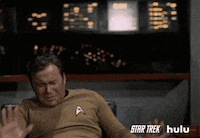radness
Possibilities & Opportunities!
- Dec 13, 2019
- 7,270
- 113
1. What do you considerAs described, the player was no longer attempting to strike at the ball. Therefore, catchers obstruction would not apply to any contact UNLESS is occurs within the area of the strike zone.
(The thought process being that even if the bat is being drawn back, while it is in the strike zone, that area "belongs" to the batter, since the definition of an 'attempted bunt' states that in order to take the pitch the bat must be withdrawn. Therefore, if it has not been withdrawn (i.e. it is out of the strike zone) then it is still an attempted bunt and any contact would be catcher's obstruction.
Your 'area' of the strike zone'?
2. Is that 'area' only above the plate or?
3. Is that the same 'area' you would call strikes in?
Last edited:



